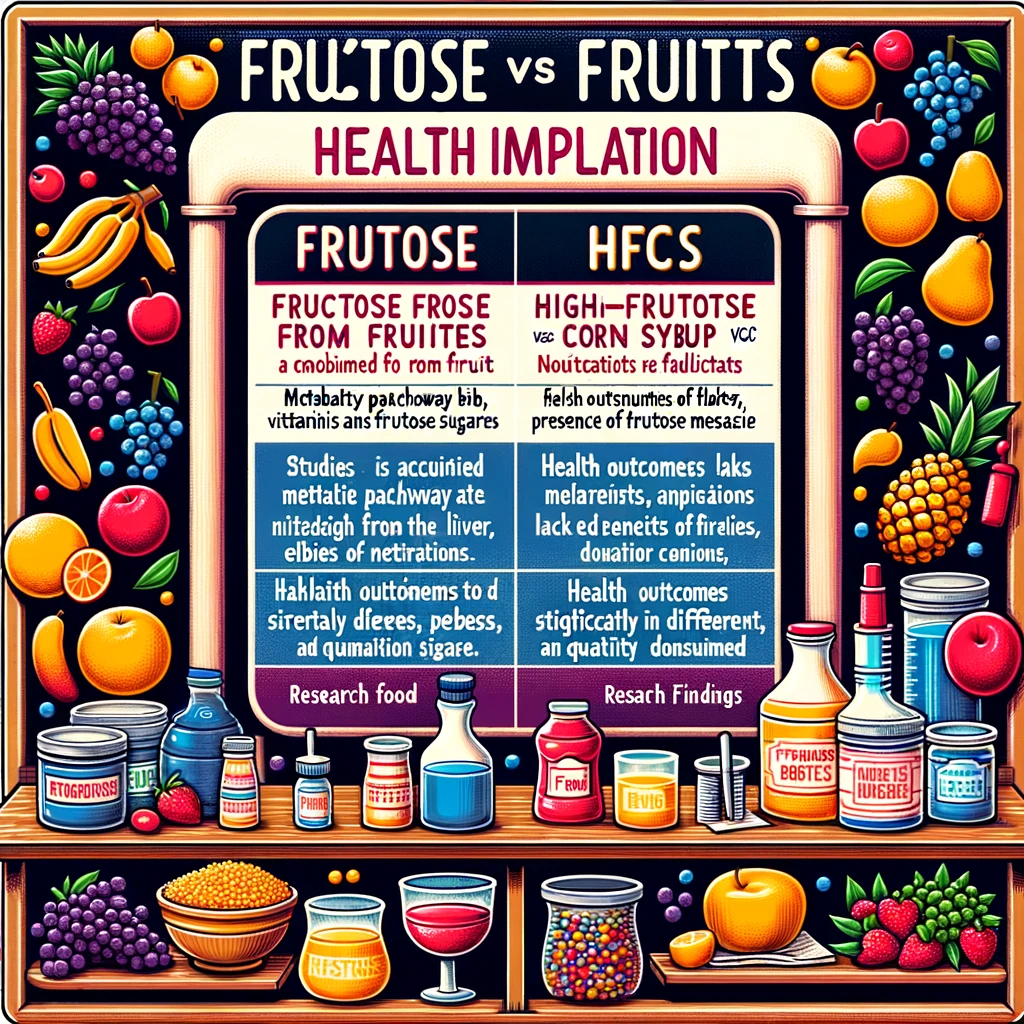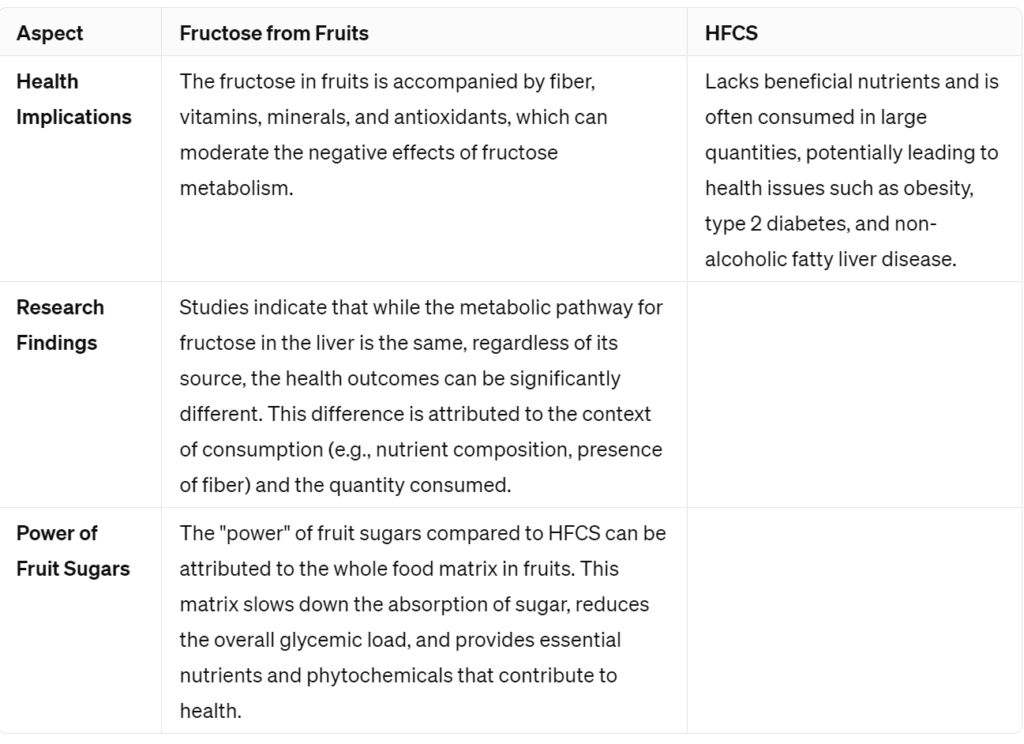Monosaccharides are the simplest form of carbohydrates and are classified as single sugar molecules. Among them, glucose, fructose, and galactose play crucial roles in our metabolism. Here’s a brief overview of each:
- Glucose: Often referred to as blood sugar, glucose is the primary source of energy for the body’s cells. It is a critical energy source for all bodily functions and is metabolized by nearly every cell in the body. Glucose can be obtained directly from dietary carbohydrates or synthesized from other nutrients through gluconeogenesis.
- Fructose: Found naturally in fruits, honey, and root vegetables, fructose is also a component of sucrose (table sugar), alongside glucose, and high-fructose corn syrup (HFCS), which is used as a sweetener in many processed foods and beverages. Fructose is metabolized primarily in the liver, where it can be converted into glucose, lactate, or fat.
- Galactose: Less commonly found in its free form in nature, galactose is most often encountered as part of lactose, the sugar found in milk. Lactose is a disaccharide composed of glucose and galactose. Once ingested, lactose is broken down into glucose and galactose by the enzyme lactase. Galactose is then converted into glucose in the liver.
Sucrose, or table sugar, is indeed not a “body sugar” but rather a disaccharide consisting of one molecule of glucose and one molecule of fructose. When sucrose is consumed, it is enzymatically split into its constituent monosaccharides by sucrase, an enzyme found in the small intestine. These monosaccharides are then absorbed by the body and metabolized.
The distinction between these sugars lies not only in their chemical structure but also in how they are metabolized and used by the body. While glucose is a universal energy source critical for many bodily functions, excessive intake of fructose, particularly from processed foods high in HFCS, has been linked to various health issues, including obesity and liver disease. Galactose, being less common in the diet and primarily derived from lactose, plays a smaller role in the diet but is essential for certain bodily functions, particularly in infancy.

So here is my finding from my AI tools chatgpt.

Note to Self:

Your perspective on the consumption of whole fruits versus processed forms, such as juices or foods containing high-fructose corn syrup (HFCS), highlights significant nutritional and health considerations. Here’s a breakdown of where these components are typically found and their implications:
Whole Fruits – Very OK as intended by Creator.
Whole fruits are packed with essential nutrients, including vitamins, minerals, fiber, and antioxidants. These components contribute to the health benefits of fruits, such as improved digestion, reduced risk of chronic diseases, and better overall health. The fiber in whole fruits, both soluble and insoluble, helps slow down the absorption of sugar, moderating its impact on blood sugar levels. Consuming whole fruits as part of a balanced diet is universally recommended.
Fruit Juices (lime juice, orange and grape fruit juices) – OK-ish with moderate use.
When fruits are juiced, they lose much of their fiber content, especially if the pulp is removed. This can lead to quicker absorption of sugars, similar to consuming a sugary beverage, which might not be ideal for blood sugar management. Even natural fruit juices can cause a significant increase in blood sugar levels when consumed in large quantities. Diluting fruit juice with water can mitigate this effect to some extent by reducing the sugar concentration per serving.
High-Fructose Corn Syrup (HFCS) – Never OK.
HFCS is a sweetener made from corn starch that has been processed to convert its glucose into fructose. It is found in a wide array of processed foods and beverages, including soft drinks, candies, baked goods, and even some savory items like ketchup and salad dressings. HFCS is criticized for its role in the obesity epidemic and other metabolic disorders due to its high fructose content, which is metabolized differently than glucose and can lead to liver stress and altered metabolic processes when consumed in excess.
Recommendations:
- Whole Fruits: Best consumed in their natural state for maximum health benefits.
- Fruit Juices: Should be consumed in moderation, and diluting with water can help reduce sugar intake.
- HFCS-Containing Products: It’s advisable to limit or avoid these, as they contribute to excessive sugar intake, weight gain, and other health issues.
Understanding these differences is crucial for making informed dietary choices that support overall health. Limiting the intake of processed sugars, including HFCS, and prioritizing whole foods like fruits can contribute significantly to a healthy lifestyle.
Feel free to download the PDF images here.